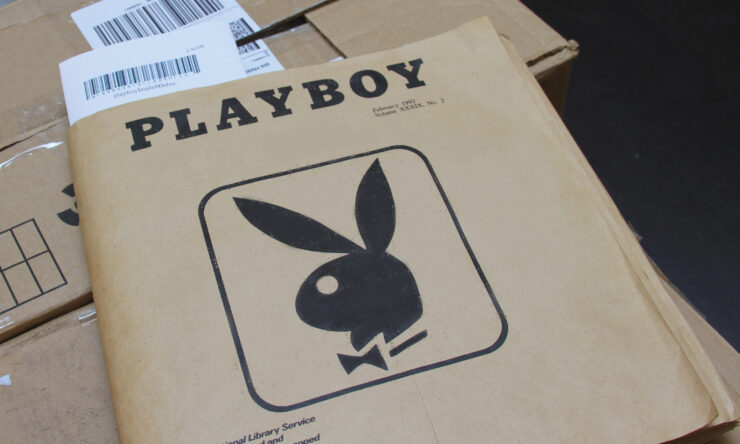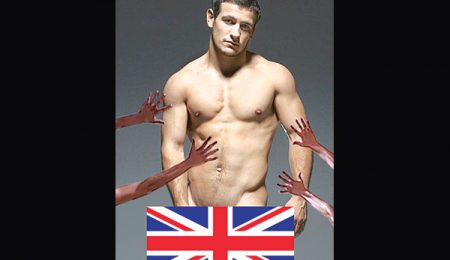Decision to move away from nudes allows magazine to again redefine itself
It’s hard for a Millennial to call Playboy porn. When you’re a tap away from so many sites with no limits on what they can show, the often Instagram-acceptable centerfolds that awakened decades of sexualities just don’t have the same potency.
Yet, in 1953, Playboy opened the floodgates at a time when the conversation on sex and pleasure was just getting started. With the release of their first nudity-free issue, they may have just done it again, by removing that same nudity and focusing instead on the emotional side of sex, a welcome change from the hardcore pornography available online.
Now, free of any uncovered bodies, Playboy’s March issue can finally grace the shelves of supermarkets all around the world—the wet dream of any magazine.
But as soon as you see cover model Sarah McDaniel’s heterochromatic eyes gazing out from behind a pseudo-Snapchat text bar, you realize there’s something that fundamentally separates this magazine from its “men’s interest” neighbours. Maybe it’s just a pretty re-design, but it also seems to be Playboy’s even slightly more emotional focus.
This is still a magazine about sex. The women are still the focus of sexual desire—in that regard, they are sexualized, in a very generic way. But unlike pretty much every popular culture instance of sexualization, they are not simultaneously dehumanized.
Rather than be objects of desire, they are subjects of desire. The McDaniel photoshoot is less a visual shout of “it would be nice to have sex with this!” and more a set of everyday scenes that make you wonder what waking up next to this woman would be like.
And while that’s not some major feminist victory in itself, having readers see a model as more than a thing is a step in the right direction.
It’s a surprisingly emotionally present take on sex that appears throughout the magazine. Former Jezebel managing editor Erin Gloria Ryan’s piece on IUDs is a politically-charged call for “the next sexual revolution” and literary giant Karl Ove Knausgaard wrote a story about his discovery of masturbation.
It all stands in stark contrast to the disconnected sexuality of mainstream pornography. The new Playboy never seems to take away agency from its models and approaches contraception and masturbation with confidence.
Playboy may just be joining an already existing trend, as feminist filmmakers and projects like the School of Life’s pornastherapy.com, which pairs explicit images with descriptions of the models’ fictional life stories, have been working hard to approach porn more holistically.
They explore the relationships between sex, love, intimacy, and personality in ways that hardcore porn is seemingly afraid to. In doing so, these projects have begun to bridge the gap between sexuality and humanity that has so unnaturally been culled from our popular culture.
What makes the redesigned Playboy so special in comparison to those other efforts, then, is that as a long-time key player in the industry, it has the audience to recognize the new standard they’re developing.
And if that means our porn is going to get a little messier in the emotional department, perhaps that’s what our society needs.




